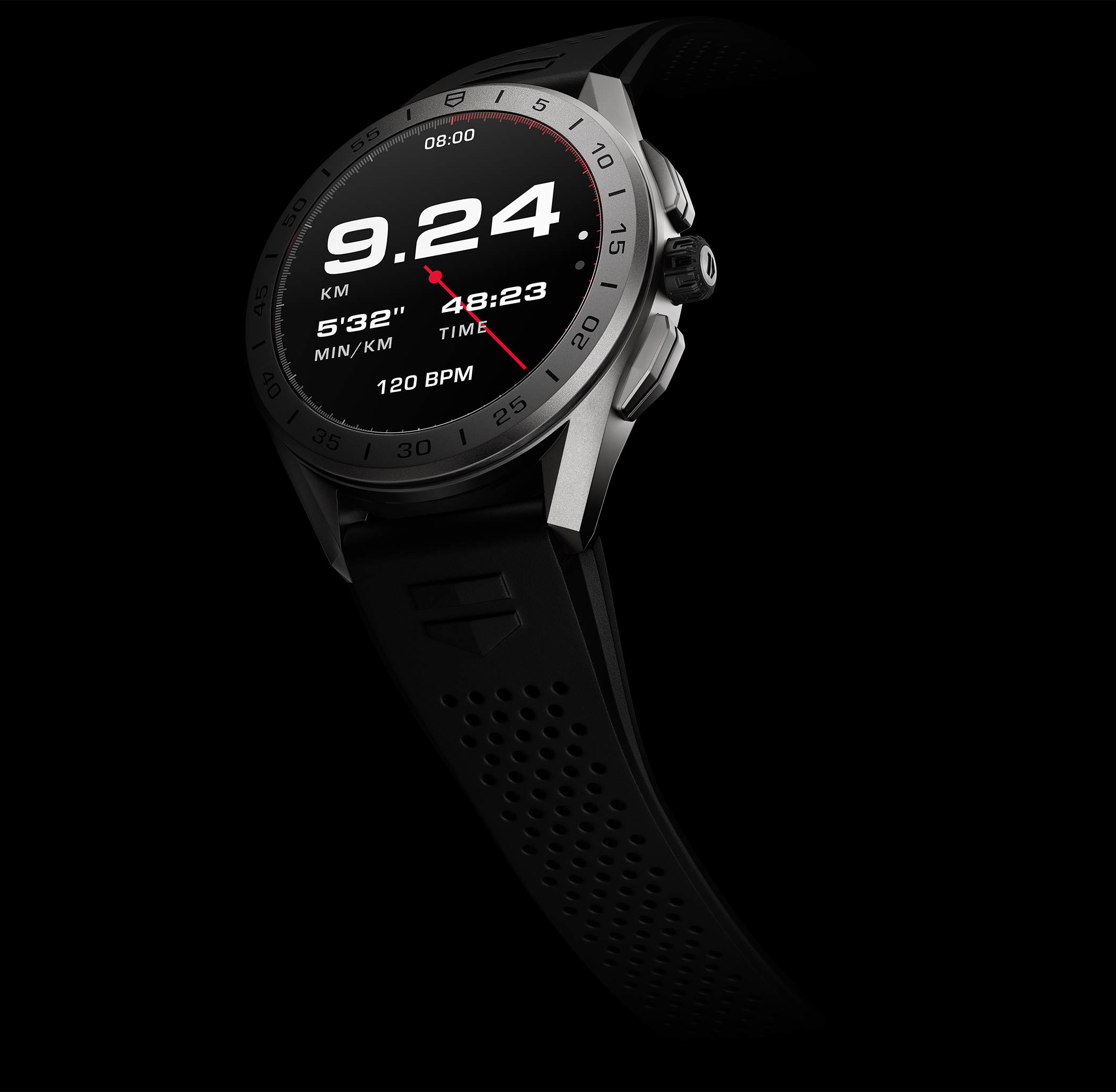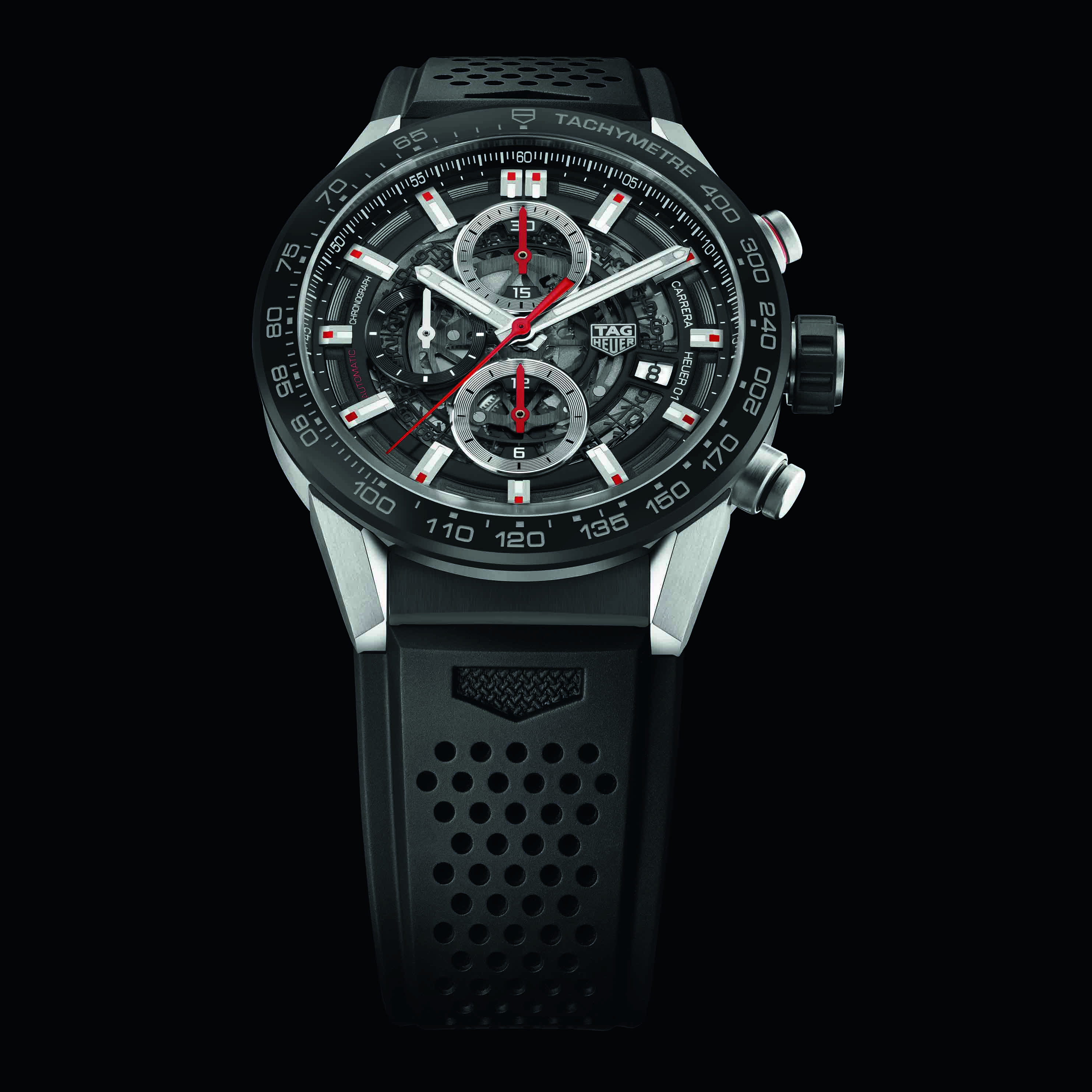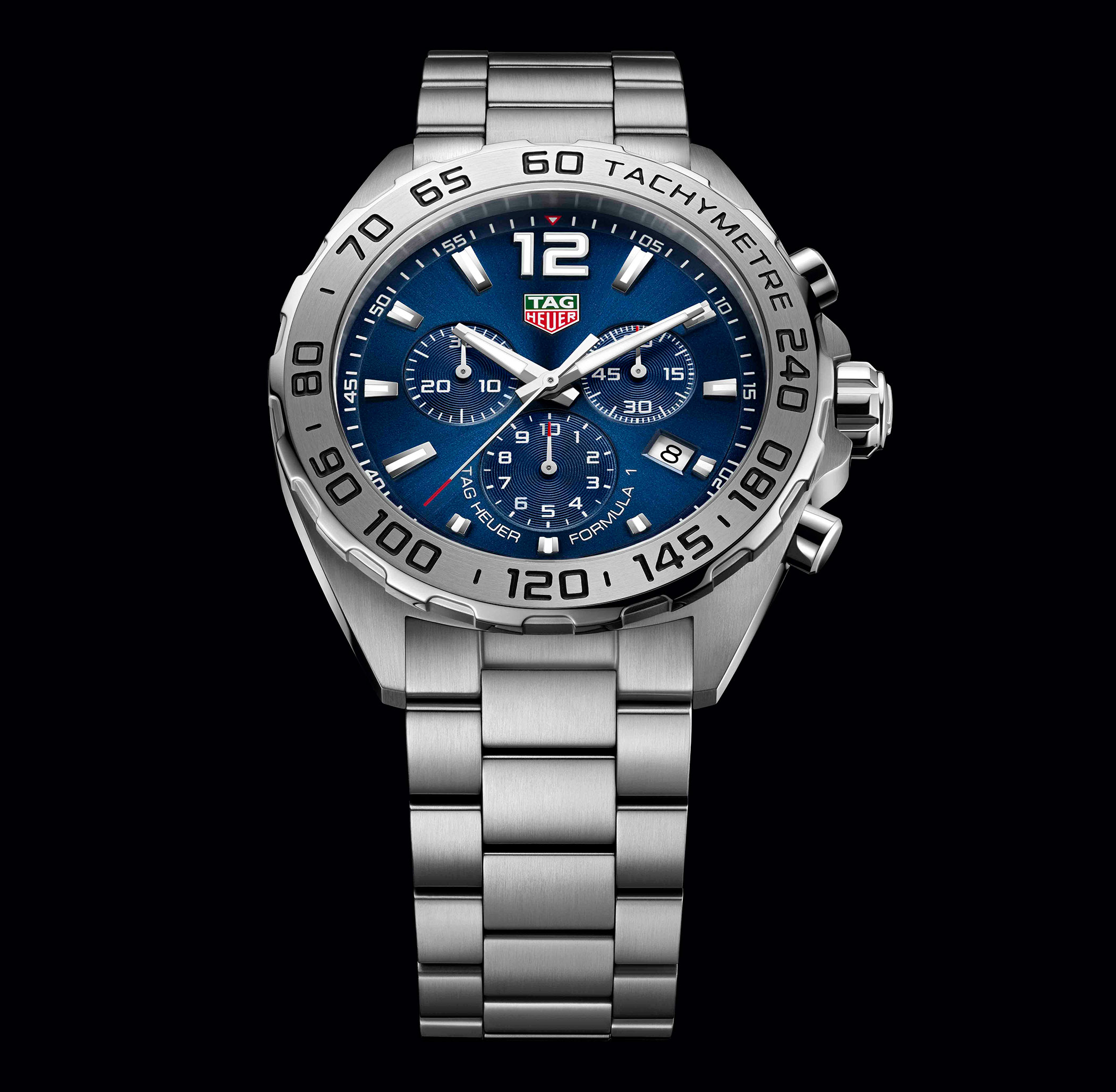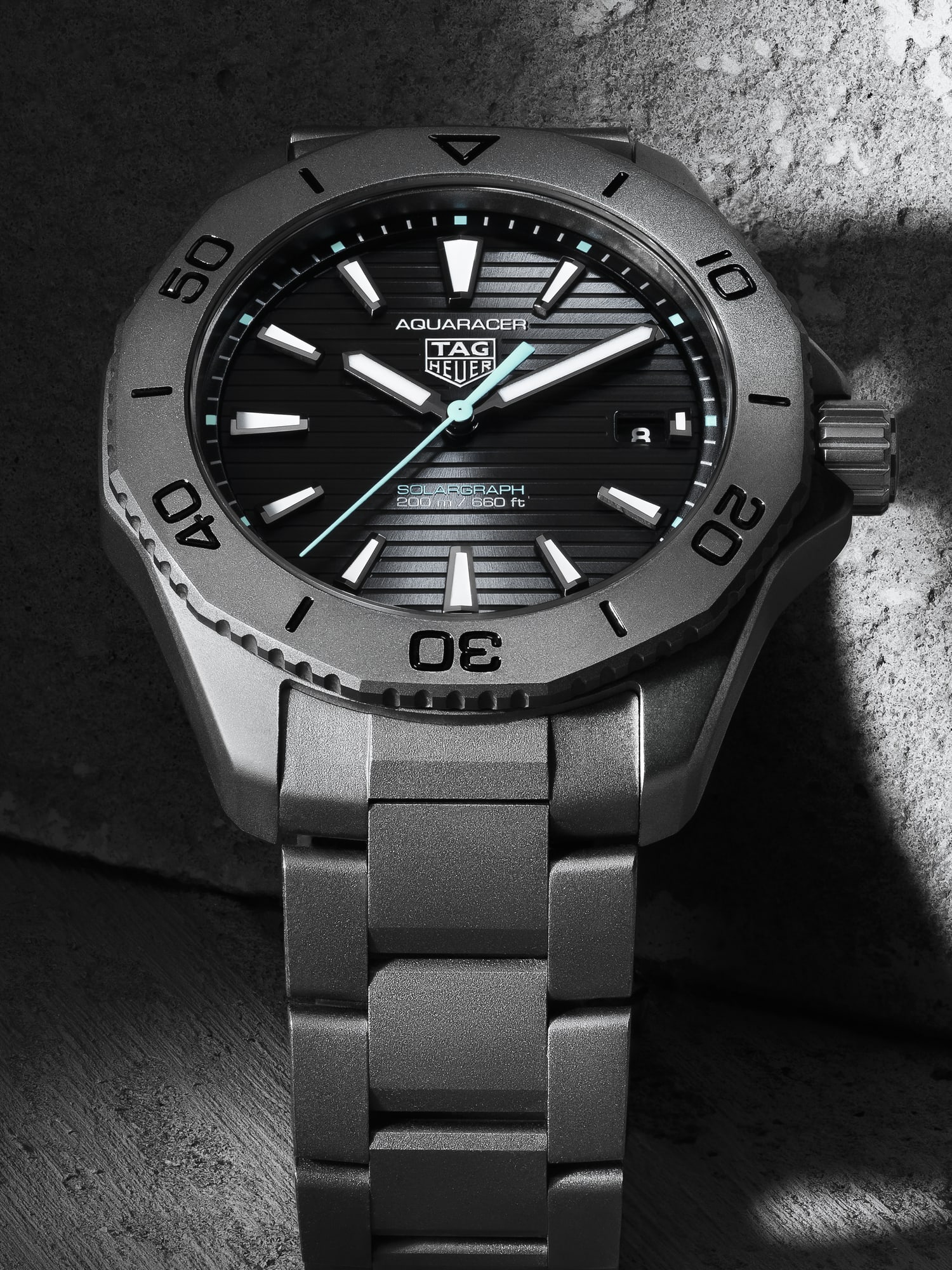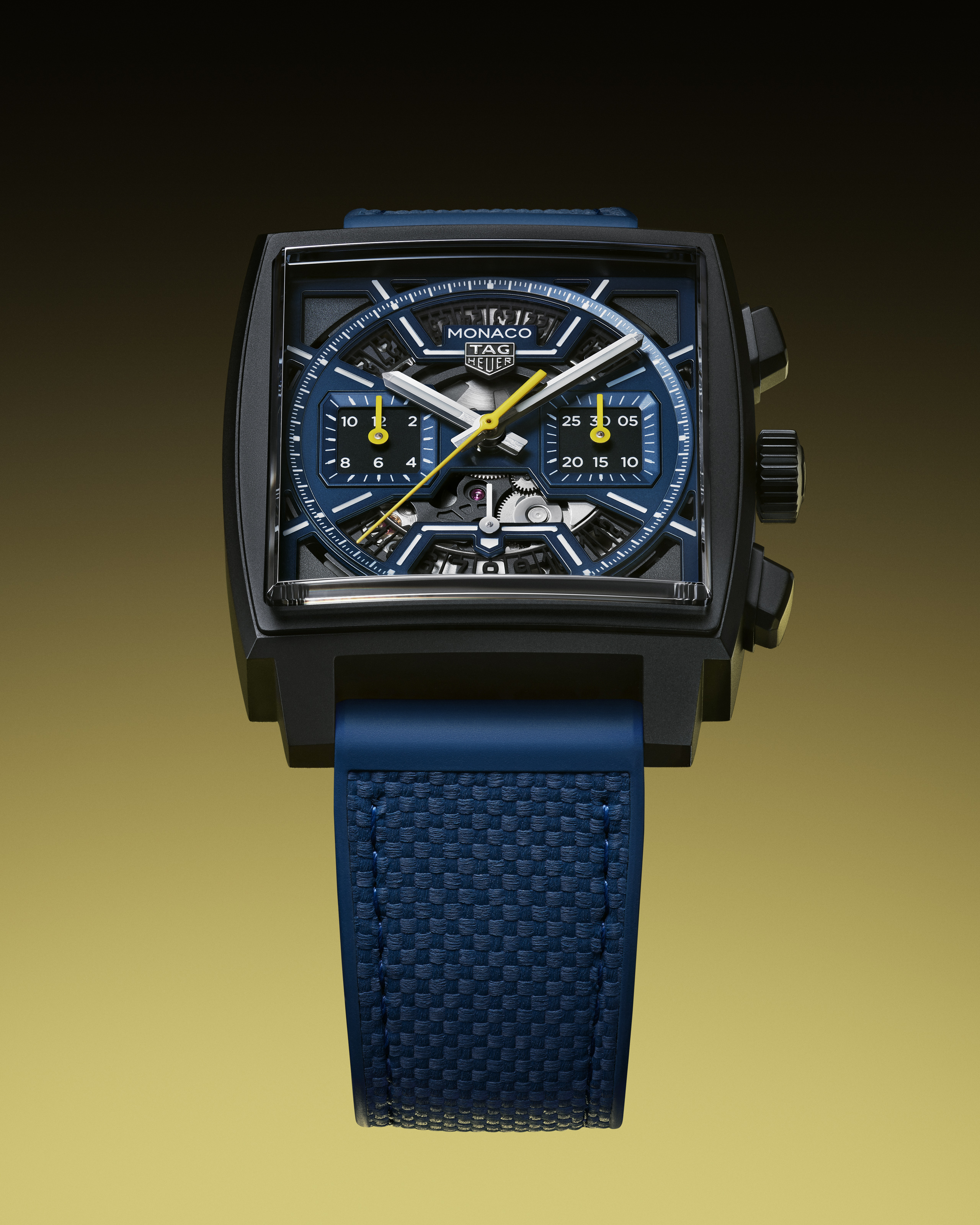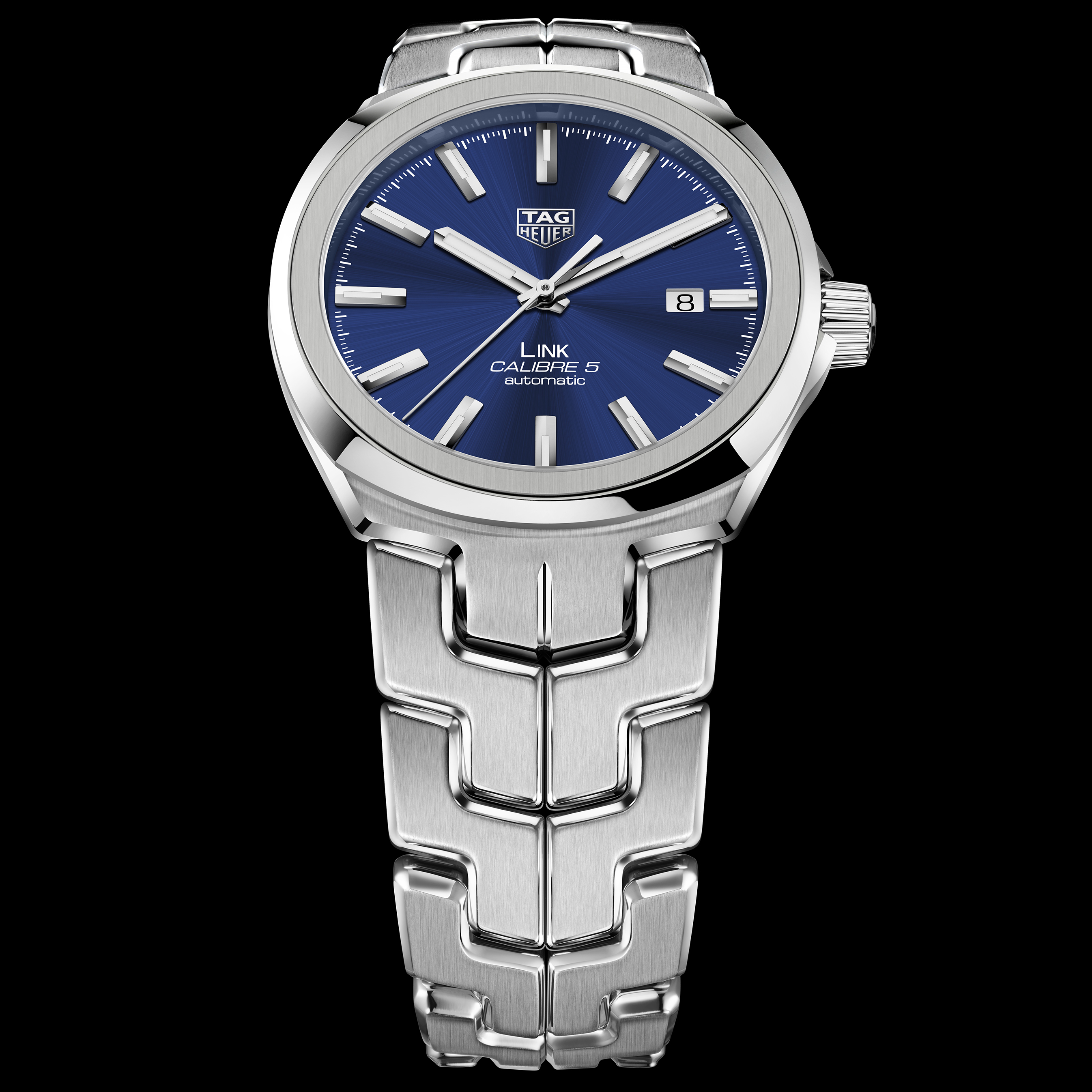
Watches
TAG Heuer
With collections such as Carrera, Formula 1 and Monaco, TAG Heuer's watches for men and women are particularly popular thanks to their bold look and high-end materials. Also, thanks to ever-new refinements, they always offer that extra touch of sportiness.
The Watchmaking Artistry of TAG Heuer
For 160 years, the name TAG Heuer has stood for technical innovation, high-precision movements, and revolutionary designs for timepieces whose performance stands the test of time. Whether at the Olympics, as on-board instruments in cars and aviation, or in motorsport to this day, the Swiss brand has long secured its place in the world of luxury watches with its sporty chronographs and watches with their strikingly cool look.
The History of TAG Heuer
The origins of TAG Heuer date back to 1860, when 20-year-old watchmaker Edouard Heuer opened his first workshop in Saint-Imier, Switzerland. His timepieces were characterized early on by his innovative spirit and drive for precision. This was already evident in 1869 in his first patent, a crown winding mechanism without
key, which impressively demonstrated his watchmaking skills and became a popular innovation for watches at the time. However, this was only the beginning of the inventiveness of the TAG Heuer founder, who made a name for himself with further innovations in design, manufacturing, and watch mechanics.
Edouard Heuer finally achieved success in the 1880s when he exploited a gap in the market among sports-loving Englishmen, where there was a high demand for pocket watches with chronograph mechanisms. With this focus on producing watches for sporting events, the company's reputation grew rapidly. He was even awarded the silver medal at the World's Fair in Paris in 1883 for the manufacture of these handy pocket chronographs. Heuer then made a key invention in 1887 when he developed the patented swinging pinion, which is still used in chronographs today. This finally set the direction for the company, which established itself as a pioneer in the field of short-time measurement.
In the decades that followed, TAG Heuer—then still operating under the name Heuer—gained international recognition for its precision instruments. The Swiss watch brand's chronographs were increasingly used in various running, water, and dog races. At the beginning of the 20th century, there was demand for a version for car and airplane dashboards. While stopwatches were initially manufactured as pocket watches, the First World War brought about a shift towards the production of more practical wristwatches—albeit on a limited scale.
Further innovations such as the micrograph, which could stop time to 1/100 of a second, not only strengthened TAG Heuer's position as a manufacturer of particularly precise sports watches but also enabled them to be used as tool watches in the field, for example, to determine the exact distance of artillery fire. The microsplit, which could also measure split times, expanded on this even further. The company's reputation as a leading manufacturer of timepieces for sporting events was finally cemented when the brand became the official timekeeper for the Olympic Games three times in the 1920s. This also paved the way for further partnerships, particularly in motorsport.
Over the past years and decades, TAG Heuer has continuously expanded its product range to meet the needs of a broad audience. Today, the range includes watches specially designed for diving or for golfers—all with the same attention to detail that makes TAG Heuer timepieces indispensable companions for sports enthusiasts worldwide.
What makes TAG Heuer stand out?
At the beginning of the 1930s, TAG Heuer diversified the range of applications for its watches. This was followed in 1933 by the development of the Autavia onboard chronograph, a milestone that was used in both the automotive and aviation industries. The same decade also saw a surge in the production of wrist chronographs. This development benefited Heuer in particular, as motorsport was gaining in popularity and precise stopwatches with tachymeter scales were needed to measure the lap times of vehicles.
In 1962, TAG Heuer entered the world of car racing with the Autavia, the wristwatch version of the on-board instrument of the same name. However, the brand has only been inextricably linked with motor racing since the iconic TAG Heuer Carrera model was launched in 1962 as a tribute to the legendary Carrera Panamericana Road Race in Mexico. With its clear, functional design and robustness for use in extreme conditions, the Carrera collection set new standards for sports chronographs.
TAG Heuer was also a pioneer in the development of automatic watches with chronograph functions. In 1969, the company launched the Calibre 11, the first series-produced automatic chronograph movement. The TAG Heuer Monaco, a men's watch equipped with this movement, became world-famous thanks to its promotion in the film Le Mans. This technical milestone also revolutionized the watch industry itself and cemented TAG Heuer's position as one of the leading manufacturers of high-performance watches.
1975 finally saw a historic turning point when TAG (“Techniques d'Avant Garde”) invested in the company, which had been weakened by the quartz watch crisis, and Heuer became TAG Heuer. This merger brought fresh capital and new energy to further strengthen the brand's innovative power and set its sights on new men's and women's watches. Since then, TAG Heuer has been synonymous with technological excellence, sporting elegance, and groundbreaking inventiveness in the world of luxury watches.

